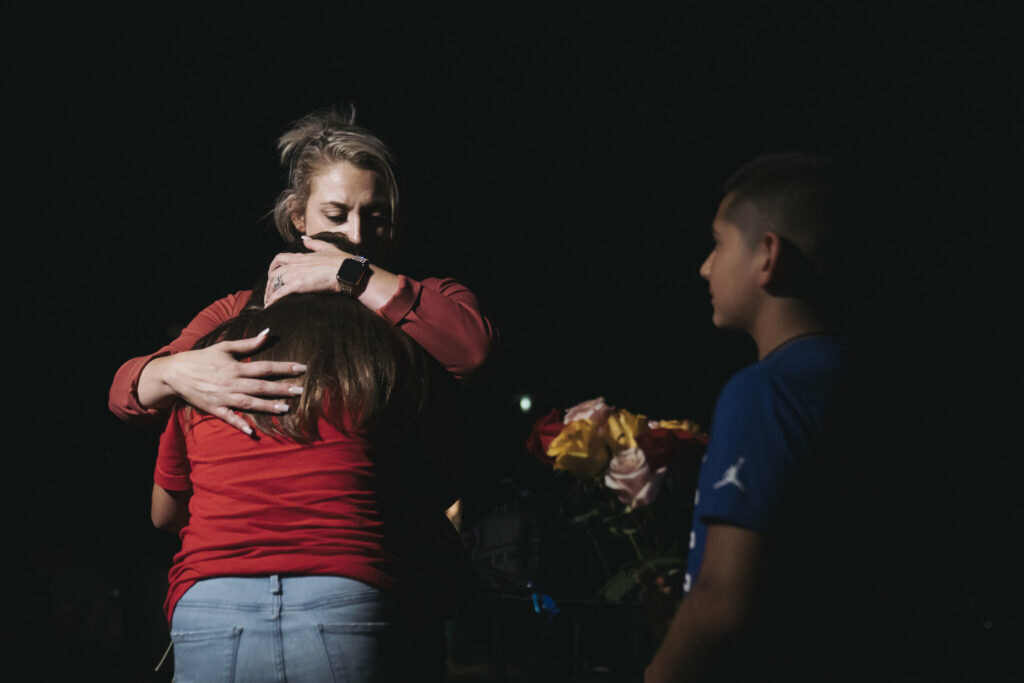In recent years, the United States has experienced a disturbing rise in school shootings. According to the Center for Homeland Defense & Security, there were 119 incidents of gunfire on school premises in 2021, resulting in 52 fatalities and 112 injuries. These statistics, reflecting a multi-year upward trend, have understandably sparked deep concern among students, parents, educators, and policymakers.
Implementing Enhanced Security Measures
Many schools are responding to this growing crisis and crazy school shooting statistics by enhancing their physical security. This has involved installing metal detectors at entrances, increasing the presence of school resource officers (SROs), and upgrading surveillance systems. Some institutions have even adopted the use of bullet-resistant classroom doors and windows. While these measures can be costly and may contribute to an atmosphere of fear, many schools believe that the heightened sense of safety they provide justifies the investment.
Enhancing Emergency Response Protocols
In addition to these physical enhancements, schools are revising their emergency response protocols. Traditional lockdown drills are being supplemented or replaced by active shooter drills designed to prepare students and staff for a potential armed intruder. Schools are also partnering with local law enforcement to ensure swift and effective responses in the event of an actual shooting. However, these protocols are not without their controversies. Critics argue that they can be psychologically damaging to students, causing unnecessary stress and anxiety.
Introducing Violence Prevention Programs
Preventive measures are as crucial as responsive ones. Accordingly, schools are increasingly adopting violence prevention programs. These include social-emotional learning (SEL) programs, which equip students with skills to manage emotions, resolve conflicts, and make responsible decisions. They also involve threat assessment programs, designed to identify students who may pose a risk of violence and intervene before that violence occurs. Evidence suggests that these programs can reduce rates of school violence, although their effectiveness in specifically preventing school shootings remains less clear.
Implementing Safety Measures
Some schools, particularly in states with liberal gun laws, are taking a more direct approach by implementing gun safety programs. These programs teach students about the dangers of firearms, proper handling, and storage practices. The hope is that increasing awareness about gun safety will lead to fewer incidents involving accidental discharge or misuse of firearms by students. The effectiveness of these programs in preventing school shootings is, however, a topic of ongoing research.
Promoting Mental Health Support
An increasing number of schools are recognizing the importance of mental health in preventing school shootings. They’re implementing initiatives to improve access to mental health services, such as employing more school psychologists, providing training for teachers to recognize mental health issues, and creating environments that reduce stigma around seeking help. These strategies aim not only to prevent violent incidents but also to support the overall well-being of students.
Advocating for Legislative Changes
Many schools, together with concerned parents and community members, are lobbying for legislative changes to help prevent school shootings. These efforts often focus on advocating for stricter gun control laws, including comprehensive background checks, restrictions on assault weapons, and measures to prevent individuals with a history of domestic violence or mental illness from obtaining guns. While legislative change is slow and often fraught with political obstacles, many believe that it represents the most effective long-term solution to the problem of school shootings.
Having a Pet Increases your Chances of Happiness(Opens in a new browser tab)
The Challenge Ahead
In conclusion, while there is no one-size-fits-all solution to the problem of school shootings, schools across America are adopting a multi-pronged approach in an effort to keep students safe. This involves both preventive and reactive strategies, from enhancing physical security and emergency response protocols to implementing violence prevention programs, promoting mental health support, and advocating for legislative changes. As the statistics sadly confirm, the stakes could not be higher. The work being done by educators, policymakers, and community members across the country is thus not only important but absolutely.
